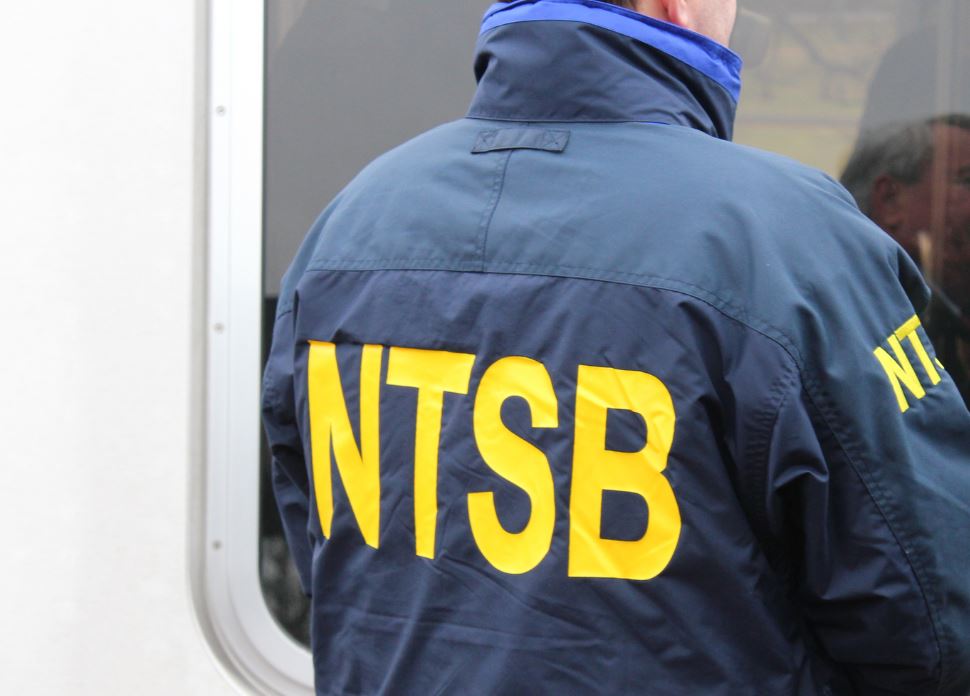A brown bear sow was found dead Wednesday after mauling a 47-year-old Texas man out moose hunting with his brother on the north end of Skilak Lake.
Early Tuesday evening, Gregory and Roger Mathews had been separated about 40 yards making moose calls near Doroshin Bay, when a sow attacked Gregory.
According to U.S. Fish and Wildlife officials, Gregory fired at the bear but wasn’t sure if he hit it. Roger came to help, and the bear turned on him. Roger shot twice with a .300 Winchester Magnum and believed he struck the bear with both shots. The sow then left the area.
Fishermen found the brothers and called in a report at about 6:15 p.m. Gregory was flown to Central Peninsula Hospital with serious but nonlife-threatening injuries. Staff reported that he was in good condition late Wednesday.
Officials investigated the area Wednesday to see if the bear had been acting defensively, possibly protecting cubs or a food source. The brothers had reported seeing two large cubs with the sow.
The sow was found dead about 100 yards from the scene with two bullet wounds. The cubs were not found and the sow didn’t appear to be lactating, so the cubs were likely 2 to 3 years old.
It was determined to be a defensive attack, U.S. Fish and Wildlife officials said. That’s most often the case with bear maulings on the Kenai Peninsula, said Jeff Selinger, area wildlife biologist with the Alaska Department of Fish and Game.
“All the ones since I’ve been here since 2002 were defensive in nature, where there was a sow with cubs or a bear was in close proximity and they got spooked and they charged,” Selinger said.
Tuesday’s incident has been the fourth bear mauling of the year on the peninsula, all happening this summer. On June 22, a firefighter working on the Juneau Lake fire near Cooper Landing was attacked by a black bear.
On Aug. 4, a woman out jogging with a friend near the trailhead of the Cottonwood Creek Trail across Skilak Lake was attacked by a brown bear. On Sept. 13, a man walking a dog in the woods near Mile 11 Funny River Road was attacked by a brown bear.
All these attacks were deemed defensive. Selinger said that four attacks a year isn’t out of the norm for the Kenai Peninsula, though we’ve been lucky with few to no attacks in recent years.
“The past three or four years it’s been lower than this,” Selinger said. “Prior to that we were averaging about three a year, and now we’ve had four so far this year. So we had a little bit of a respite there where we didn’t have as many maulings, and then we’re back up to where we were from the early 2000s to about 2010.”
An uptick in attacks this year doesn’t mean there are more bears, Selinger said. If anything, bear numbers have likely decreased on the peninsula due to liberalized hunting opportunities since 2012. But there are still bears around and people still need to be wary of them.
“After we were able to harvest more bears, the number of calls and sightings that people reported did decrease,” Selinger said. “They didn’t go away, but they decreased. But just because you’re not noticing bears in your area for the last year or two, continue the good practices of proper garbage disposal and managing your attractants.”
The best practice is to avoid an attack in the first place.
“Being aware of your surroundings, don’t approach the animals for pictures, give them plenty of space, keep your attractants minimized around your house and managed property,” Selinger said. “If you’re going to be out in the woods or where there’s bear activity, use your ears, nose and eyes. If you smell rotten flesh, there’s potential for bear activity there. If you see birds, such as eagles, magpies, ravens, gray jays — congregated anywhere, there’s a good chance there could be a carcass or something dead and rotting in the woods in that area. That’d be a good area to avoid. Be on high alert.”
Carry bear spray or a firearm and know how to use it. If heading out into the woods, or any area with bear activity, tell someone where you’re going and when you plan to be back, and go in a group, if possible.
“Those are all preventative measures you can take to minimize a bad encounter,” Selinger said.
There are still fish in the rivers so bears are still down around waterways, but they’re starting to move on to berries this time of year, Selinger said. So they could be in lowlands around rivers, in the alpine on berry patches, or anywhere in between.




